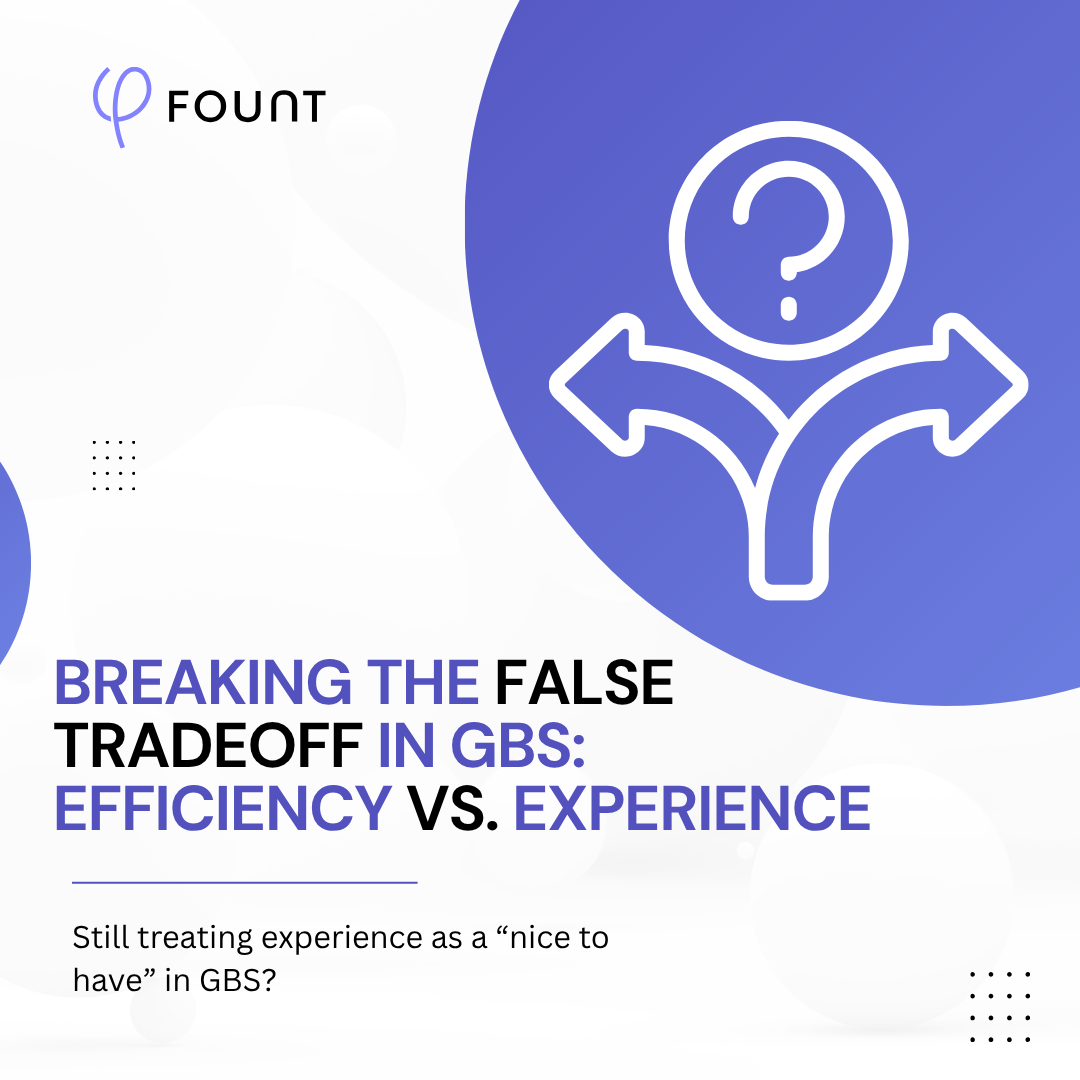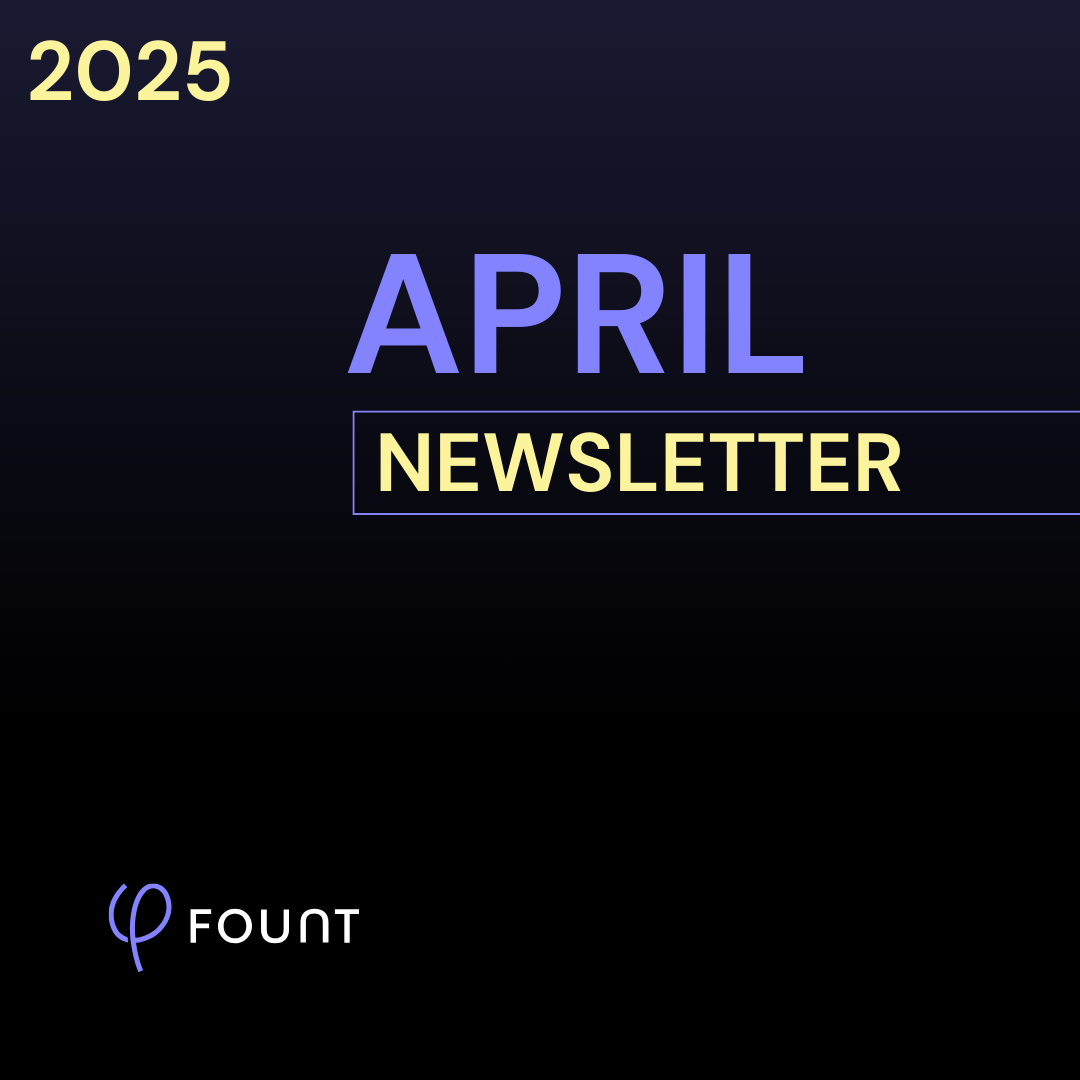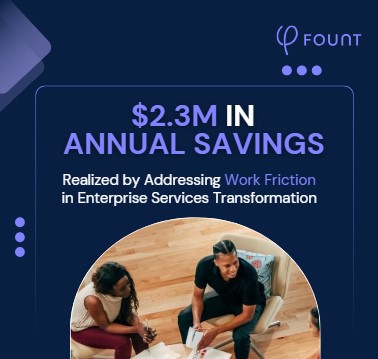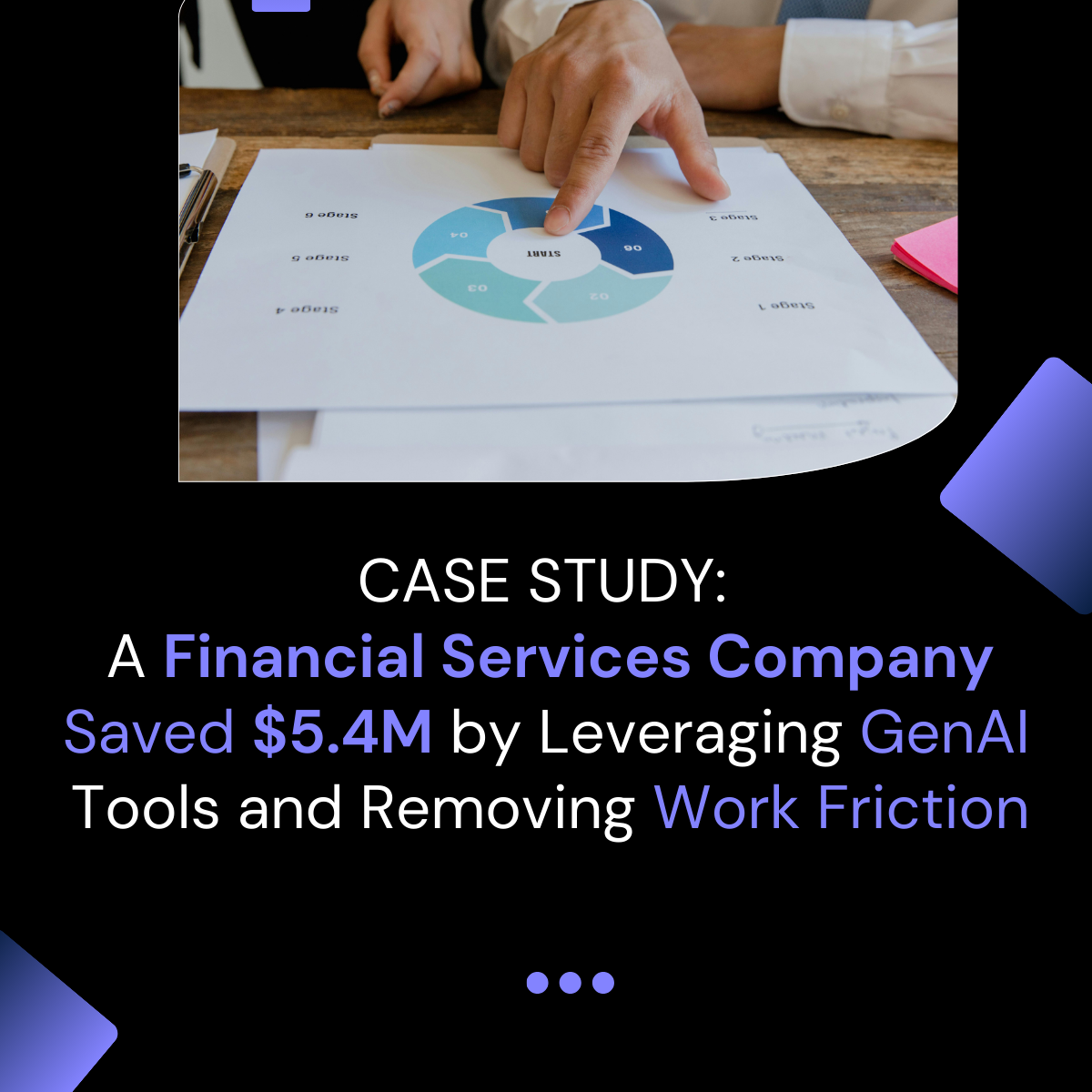Table of Contents
Work Friction Sponges: How to Help Managers Stop Absorbing Work Friction
A summary of the details of the article will go here.
The best managers wear a lot of hats. They provide strategic guidance and mentorship to their teams. They collaborate across teams to prevent and eliminate silos throughout the organization. Often, they function as a firewall between the C-suite and their front-line workers.
All these leads managers to absorb both the work friction that trickles down from leadership and the work friction that seeps up from the organization’s foundational employees.
The more saturated managers become with work friction, the less bandwidth they have to complete their core tasks. This means their teams receive less concrete direction. Individual team members begin to feel unsupported. Then leadership starts to exert even more pressure.
It’s a burdensome cycle. But it doesn’t have to be this way. Every organization has access to data that makes work better for everyone.
In this blog, we’ll dive into how managers can identify moments of work friction and transition from friction “sponges” to work friction fighters.
Work Friction is a Systems Problem, Not a People Problem
Too often, organizational leadership makes an erroneous assumption about how, and why, employees fail to complete their goals. People are distractible at best, lazy at worst. Priorities are too easily shuffled out of order. People, the thinking goes, are the problem.
But we know work friction – not laziness or distractibility – lurks at the core of inefficient moments of work. The data is clear: work friction is a systems problem, not a people problem.
When organizations put pressure on their managers to “fix” operational inefficiencies, the results tend to exacerbate those inefficiencies, not reduce them. Consider when:
- Employees don’t understand how to navigate short-term leave policies.
- IT pushes a systems update without scheduling comprehensive training.
- Leadership, marketing, and sales have divergent expectations for a client partnership.
Each instance above has at least two things in common:
- All negatively impact an organization’s bottom line.
- Team managers are routinely (and mistakenly) tasked with reconciling the issue.
It’s understandable, of course, when employees turn to their managers for guidance. And leadership selects managers to efficiently manage teams. But these days, empathetic leadership and process improvement are impossible without the right data.
Luckily, there is a solution.
Reducing Work Friction Depends On Employee Input
The solution to work friction is simple: equip teams with data that highlights exactly what prevents employees from achieving their goals. With this in hand, everyone tasked with fighting work friction can do so in a targeted, efficient manner. And the business only benefits.
This is crucial. When managers absorb frustrating moments of work, they don’t have the data to resolve, it tends to lead everyone through a loop in which employees:
- Experience a moment of work friction (say, the expectation that they adopt a new productivity suite without sufficient time budgeted for comprehensive training).
- Report the experience to their manager and ask for assistance.
- Wait for their manager to resolve the issue and communicate the solution.
- Lose productive hours working toward their goals, which leads to more moments of frustration.
This work friction loop quickly diminishes an organization’s human and financial resources.
On the one hand, it silos the employee’s experience of work. This can unintentionally (and detrimentally) make it appear that the issue is localized to an individual experience. Then, as other employees wade through the same muck, everyone’s work becomes further bogged down.
On the other hand, managers tasked with triaging each siloed moment of work friction will soon struggle to see the forest for the trees. This leads to more frustrating moments of work for the manager. Which, in turn, leaves team members unsupported. Which sparks employee attrition.
As with all work friction, the cost is significant, if reducible.
Incremental Steps Smooth Out Work Friction for the Long Haul
If diving deep into the employee experiences that improve work across the organization sounds complicated, there’s good news. The surveys that highlight moments of work friction work best when they’re representative of employee experience.
Effective work friction data, in other words, doesn’t need to be a comprehensive representation of every experience across the company. For example, an organization invested in improving customer experiences might survey a selection of employees from the marketing, product development, and client success teams.
This survey would help highlight how these employees experience their jobs through specific details like how they’re expected to field customer complaints, or broader concepts like how teams collaborate to maintain and grow accounts.
Once the work friction point is identified, the next step will be to iterate potential changes and then, identify whether the changes ultimately improve employees’ experiences at work. And because changes are made incrementally, they’re easier to adopt within employees’ current flow of work and more likely to stick for the long haul.
Friction Fighter Teams Work for Better Business
Data-supported friction fighter teams are a must for any organization that values the benefits of building better employee experiences. They’re simply good business.
Ready to mop up work friction throughout your organization? FOUNT can help. Let’s be in touch.
Related Resources
See all News
FOUNT News
LIVE Webinar. Beyond AI Hype: How to De-Risk Your GBS Transformation with Friction Data

Guest Post
3 Signs Your GBS Is Creating Friction Instead of Flow (And How to Fix It)

FOUNT News
June Newsletter: Friction is Killing Your AI ROI.

Insights
Breaking the False Tradeoff in GBS: Efficiency vs. Experience

Events
LIVE Webinar – July 9th for SSON Network. Beyond AI Hype: How to De-Risk Your GBS Transformation with Friction Data

Insights
To Create New Value, GBS Leaders Need Different Data

Insights
How to Keep Up with the Latest AI Developments

Insights
APRIL Newsletter. Friction: You Can’t Improve What You Can’t See



